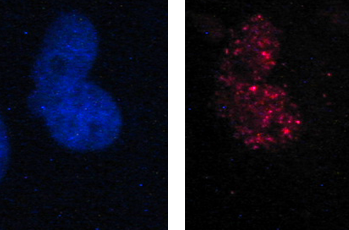- Home
- Social Action
- ★One Health Relay Report #39★
About "Role of veterinarians"

Profile #39: Dr. MORIMATSU Masami, Professor
Laboratory of Laboratory Animal Science and Medicine,
Department of Applied Veterinary Sciences, Faculty of Veterinary Medicine
【Research Topics】
・Signal transduction in inflammatory reactions
・Impaired homologous recombination and tumorigenesis
・Development and analysis of animal models of diseases
~Was going to be a cattle vet, but now I'm a rodent vet.~
I am from a dairy farming village in Tokachi, Hokkaido, and I enrolled in university because I wanted to become a cattle veterinarian. However, when I graduated from the university, the Agricultural Mutual Aid Association (now NOSAI) was going through an organizational restructuring and stopped offering jobs, so I remained at the university and continued my research.
I am currently involved in rodent (mouse and rat) research and related animal experimentation, as well as education and facility management. I studied in a lab in the U.S. that was working with genetically engineered mice and discovered that Rad51 recombinase binds to a breast cancer-susceptibility protein, which led to an expanding interest in cancer and research on canine mammary gland tumors. I also discovered Nfkbiz, a protein that is strongly expressed in inflammation, with Dr. Hiroshi Kitamura (now at Rakuno Gakuen University), with whom I was in the Biochemistry Laboratory, and I discovered that dermatitis is caused when this protein is mutated in mice.
Humans and animals get sick by the similar mechanism. I am currently working in the field of animal experimentation, where I study animal models of diseases and use the findings to improve human health. It is also an important role of veterinarians to promote animal care and techniques to avoid unnecessarily painful and sickly burdens on animals in these fields.

Periocular dermatitis not seen in normal mice (left) is observed in Nfibiz-deficient mice (right).

Rad51 localizes at the site of DNA damage when cells are irradiated
(left, nucleus; right, fluorescence microscope image of Rad51 staining).

Preparing education video explaining the inhalation anesthesia device for rats and mice.
